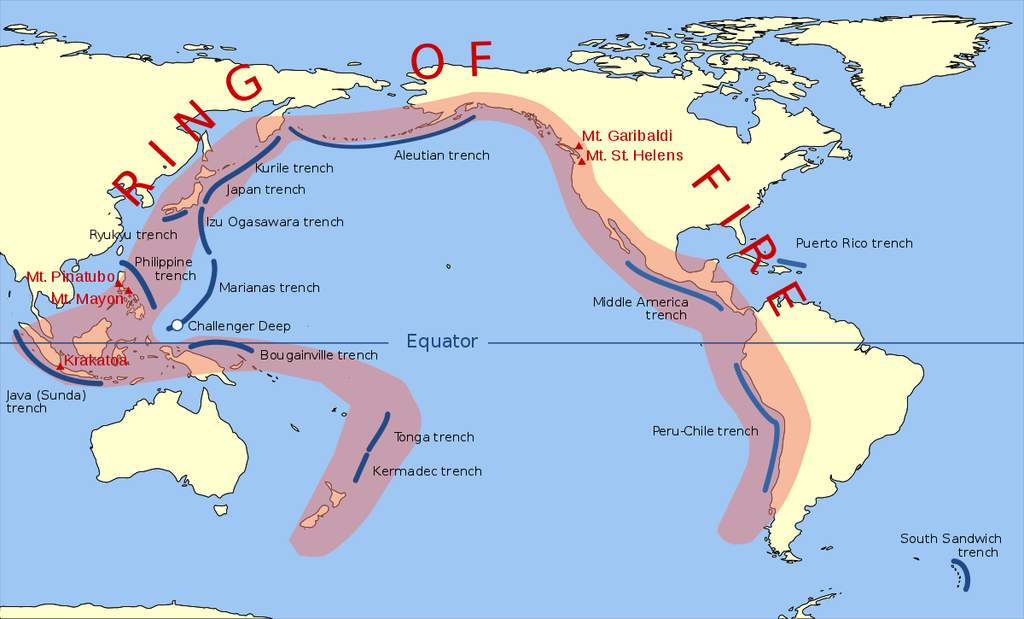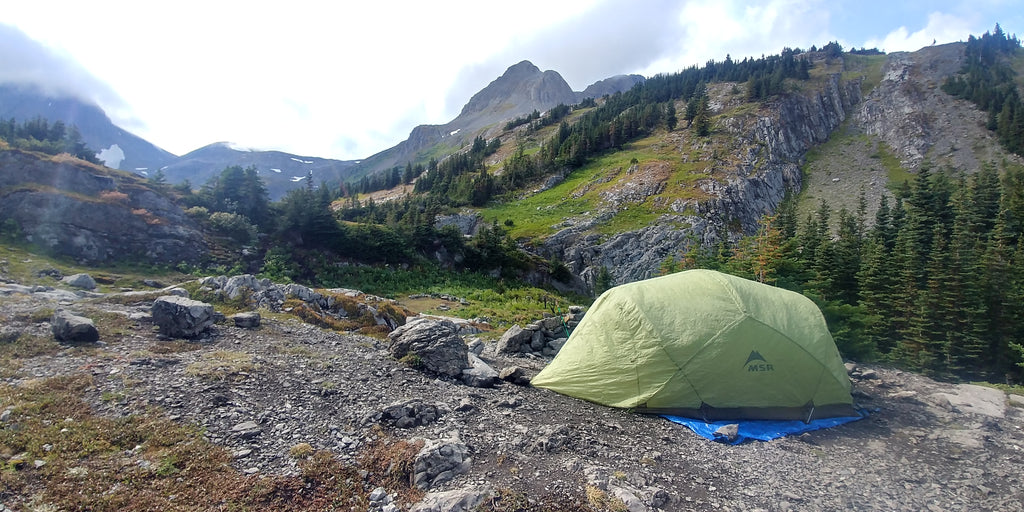Not All Mountains Are Created Equal
The recent eruptions in Hawaii with Mount Kilauea have a lot of people thinking about volcanoes lately and for good reason. Over 2,000 people are being evacuated in Hawaii and scientists are wondering if the rumblings under foot could be grander in scope.
Kilauea sits in the midst of the Ring of Fire, a horseshoe-shaped belt of volcanic activity that stretches over 25,000 miles in the Pacific basin. [i]Roughly 450 volcanoes are in the Ring of Fire comprising of 75% of the world’s active and dormant volcanoes.
If the Hawaii activity were a symptom of a systemic issue, folks in the Pacific Northwest are worried. There are 13 volcanoes on the West Coast including Mounts Rainier and Hood. We only have to look back to 1980 when Mount ST Helens tragically blew, killing dozens and spreading ash across much of the United States. [ii]
So far, that fear is allayed, as scientists have not detected any abnormal readings of increased volcanic activity on the West Coast. This gives any hiker pause when climbing a mountain that might be active. It’s like climbing a rickety ladder - you just don’t feel safe.
Many of the mountains we climb are in fact volcanic in origin. Of the 7 Summits, two are volcanic – Kilimanjaro (19,341’) in Africa and Elbrus (18,510’) in Russia.
 (Kilimanjaro – Trekkinghero.com)
(Kilimanjaro – Trekkinghero.com)
Volcanoes fall into one of three statuses: Active, dormant and extinct. The later not having activity for over 10,000 years, so that’s comforting.
Now that you know about volcanic mountains, what are the other types of mountains? Not all mountains are created the equal. Each mountain and range has a different story. Pressure, type of strata (rock), erosion, volcanic forces all play a role. In addition to volcanic mountains, there are four other types: fold, fault-block, plateau and dome.
Fold mountains are the most common. They are caused when tectonic plates crash into each other. Huge amounts of pressure and friction create these huge monuments of our planet. They are the largest in size and form long ranges. The best examples are the Rocky Mountains and the Himalayas.

(Rocky Mountains – WikiTravel.org)
Fault-block mountains are formed where a fault or crack pushes up rocks. On one side of the fault, the earth drops down sharply. On this side of the mountain, the sides are often sheer drops – fun for rock climbers. The Sierra Nevada range is a prime example.

(Sierra Nevadas – Phys.org)
Plateau mountains and dome mountains form with the help of mother nature (mainly rain) and billions of years of erosion. Plateau mountains are formed usually near fault-block mountains and have a flat top. The Catskills of New York and mountains in New Zealand are plateau mountains.

(Matiri Range, New Zealand – Teara.govt.nz)
Dome mountains like plateau mountains are formed by magma pushing up. However unlike plateau mountains, the magma dome is what is seen, not the rock above it as in a plateau. Over billions of years, erosion wears away around the base of the dome. The Adirondacks of New York are dome mountains. [iii]

(Algonquin Peak, Adirondacks – Peakbagger.com)
Although most mountains that are in danger of exploding anytime soon will have clearly posted warnings, it’s good to know the differences on how one mountain was formed versus the next one. It gives you a better appreciation when you are standing on top.
Sources:
[i]https://en.wikipedia.org/wiki/Ring_of_Fire
[ii]http://epaper.dallasnews.com/infinity/article_popover_share.aspx?guid=2e7a5d6a-6668-47ad-b6dd-99f65ad03854
[iii]https://www.universetoday.com/29771/types-of-mountains/
Continue reading


